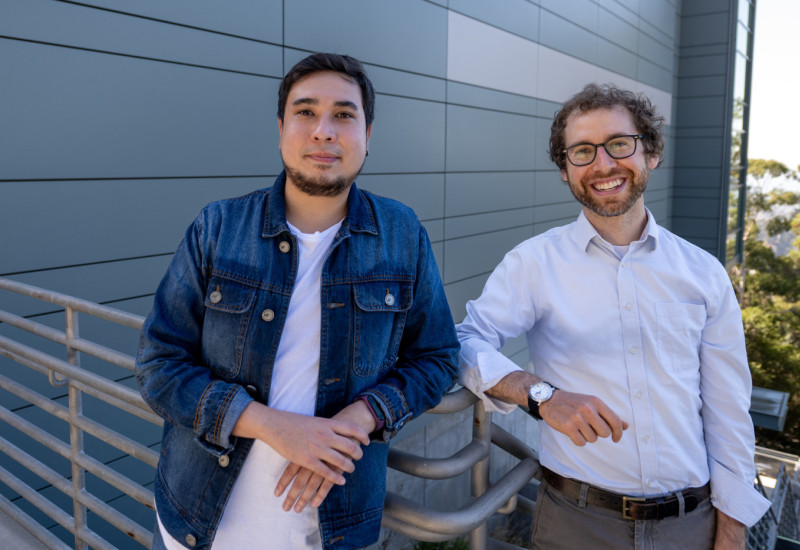NERSC Science Acceleration Program
The NERSC Science Acceleration Program (NESAP) is a multi-year hands-on collaborative effort in which NERSC partners with code teams, vendors, and library and tools developers to prepare for advanced architectures and new systems.
Evolving with architectures
NESAP began in late 2014 to help users prepare for the Cori manycore Knights Landing/Xeon Phi architecture and continued into the 2020s, targeting Perlmutter, NERSC’s first production GPU-based system.
Today, NESAP focuses on workflows in a variety of areas, including the next generation of NERSC systems and DOE’s Integrated Research Infrastructure (IRI) program.

NESAP for Doudna
The Doudna supercomputer, arriving in 2026, is designed to power the most complex scientific workflows, seamlessly integrating simulation, experiments, and observational data analysis, with AI-driven discovery.
NESAP for Doudna offers researchers hands-on collaboration to optimize and accelerate their workflows, ensuring scientists are ready to take full advantage of the system’s cutting-edge capabilities.

NESAP postdoctoral fellows
Postdoctoral fellows fill essential roles within NESAP, collaborating with scientific teams to enable and improve solutions to deep, meaningful problems across all program areas funded by the Department of Energy Office of Science.
NESAP fellowships provide exceptional scholars with valuable real-world experience in large-scale scientific high performance computing. Fellows work on projects specifically selected to advance the leading edge of the discipline.
NERSC solicits applications for NESAP postdocs as needed. NESAP fellows are selected based on the match between their skills and the needs of current NESAP projects.